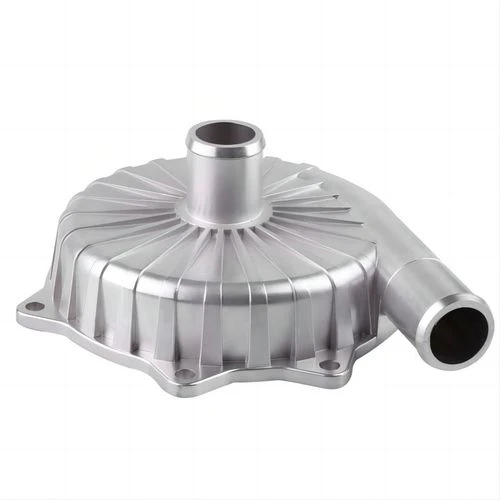lost wax precision casting
Lost Wax Precision Casting An Overview
Lost wax precision casting, also known as investment casting, is a sophisticated method of producing intricate metal components with impressive precision and detail. This centuries-old technique has evolved over time and remains a preferred choice in various industries, including aerospace, automotive, jewelry, and art. The process, which leverages the principles of the lost wax process, allows manufacturers to create complex shapes while achieving higher dimensional accuracy and superior surface finishes.
The Process of Lost Wax Casting
The lost wax casting process begins with the creation of a wax model of the desired object. This model is typically made from a high-quality wax that can be easily melted and is usually produced using a precision mold. Once the wax model is formed, it is coated with a fine ceramic material, typically through a dipping process. This layer serves to create a strong shell that will eventually hold the molten metal.
After the ceramic shell is applied, the assembly is heated in a furnace. This step accomplishes two crucial tasks it hardens the shell and melts away the wax model, leaving behind a hollow cavity that perfectly mirrors the original shape of the wax. The molten wax is drained away, hence the name “lost wax.” The remaining ceramic shell is then heated to further strengthen it, preparing it to withstand the pouring of metal.
Next, molten metal is poured into the cavity formed by the ceramic shell. The choice of metal can vary widely, including alloys such as steel, brass, bronze, and aluminum, depending on the intended application of the final product. After allowing the metal to cool and solidify, the ceramic shell is broken away to reveal the cast component. The result is a near-net-shape part with exceptional detail, often requiring minimal finishing work.
Advantages of Lost Wax Precision Casting
One of the most significant advantages of lost wax precision casting is its ability to produce highly complex geometries
. It enables manufacturers to create components that may be impossible to achieve through traditional manufacturing processes. This complexity is particularly valuable in industries like aerospace, where lightweight yet robust components are crucial.lost wax precision casting

Another notable benefit is the precision of the casting. The lost wax technique can achieve tolerances as tight as ±0.1 mm, making it suitable for applications that demand high accuracy. Furthermore, the excellent surface finish achieved during the casting process often reduces the need for extensive post-processing, saving both time and money.
Additionally, the method is versatile, allowing for the casting of a wide range of materials and sizes. From small, intricate jewelry pieces to large components for machinery, the lost wax casting process can accommodate an array of applications.
Challenges and Considerations
Despite its numerous advantages, lost wax precision casting is not without challenges. The initial setup, including mold creation and wax model production, can be time-consuming and costly. Moreover, the process may not be the most economical option for large-scale production runs, where alternative methods like die casting could be more viable.
Furthermore, maintaining quality control throughout each step of the process is critical. Variations in the wax, ceramic shell, or metal can lead to defects in the final product. To mitigate these risks, manufacturers must implement rigorous quality assurance protocols.
Conclusion
Lost wax precision casting remains a vital technique in the manufacturing landscape, celebrated for its ability to produce intricate and precise components. As technology continues to advance, the method is likely to see further improvements in efficiency and material diversity, paving the way for innovative applications across numerous industries. Whether for art, jewelry, or high-performance engineering components, lost wax casting stands as a testament to the blend of artistry and engineering in modern manufacturing.
-
OEM Sand Cast Pump Valve Fittings - Baoding Hairun | Precision Engineering, CustomizableNewsJul.30,2025
-
OEM Sand Cast Pump Valve Fittings - Baoding Hairun Machinery And Equipment Trading Co., Ltd.NewsJul.30,2025
-
OEM Sand Cast Pump Valve Fittings - Baoding Hairun Machinery And Equipment Trading Co., Ltd.NewsJul.30,2025
-
OEM Sand Cast Pump Valve Fittings - Baoding Hairun Machinery|Precision Engineering&Fluid ControlNewsJul.30,2025
-
OEM Sand Cast Pump Valve Fittings - Baoding Hairun Machinery And Equipment Trading Co., Ltd.NewsJul.30,2025
-
OEM Sand Cast Pump Valve Fittings-Baoding Hairun Machinery And Equipment Trading Co., Ltd.NewsJul.30,2025















